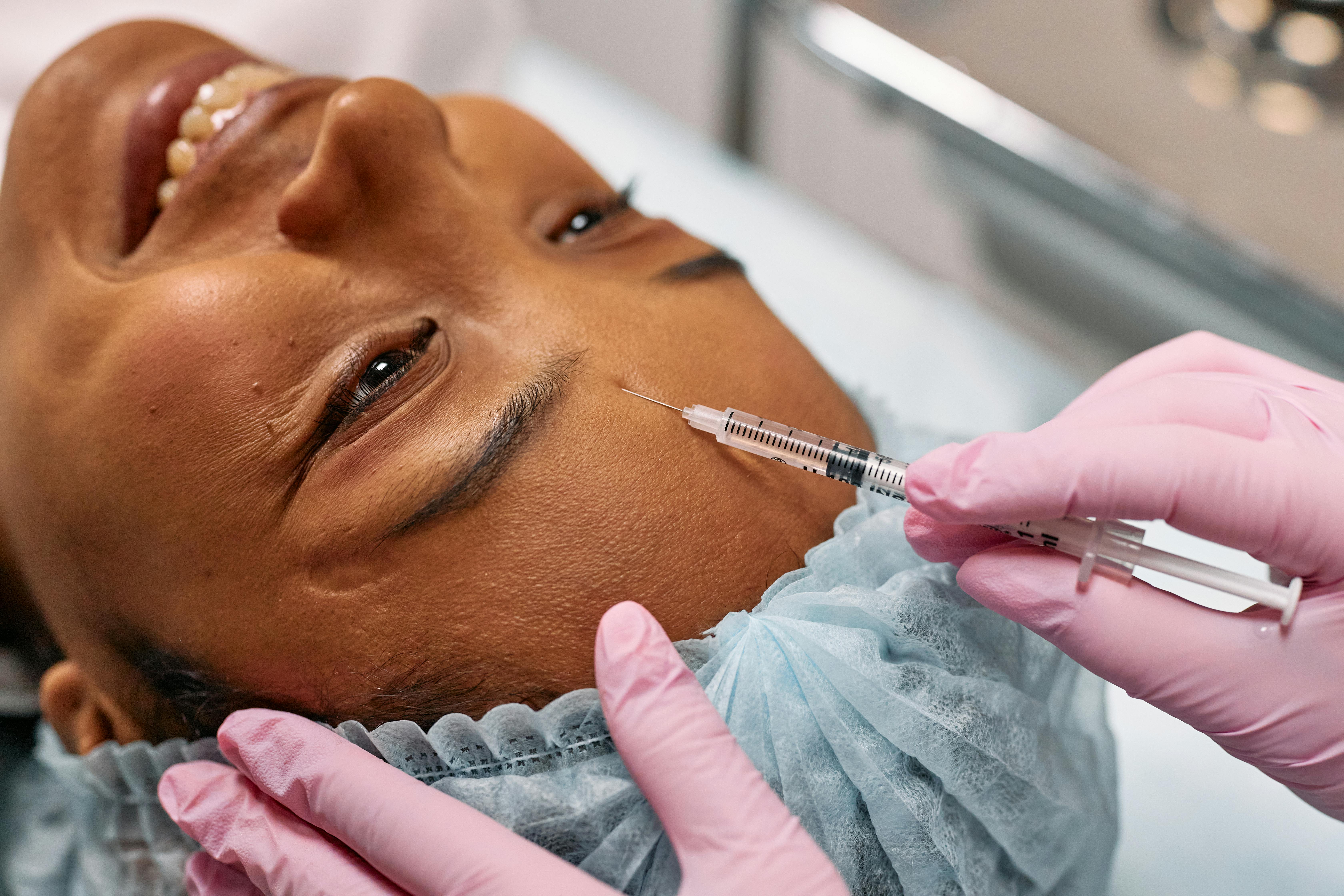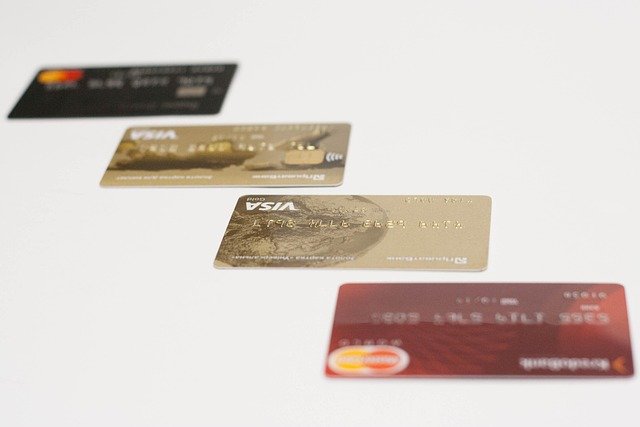Unmasking Botox: The Science, Safety, and Impact on Beauty
Botox, a name that has become synonymous with the pursuit of youth and beauty, is a topic that's steeped in controversy, intrigue, and innovation. It's a tool used extensively in the world of cosmetic surgery, with the capacity to dramatically alter one's appearance and defy the aging process. However, despite its widespread use and recognition, there are many facets to Botox that remain shrouded in mystery. This article delves into the science behind Botox, its safety and efficacy, its historical context, its impact on societal perceptions of beauty, and the latest trends in its use.

The Science Behind Botox
Botox is a trade name for Botulinum toxin, a neurotoxic protein produced by the bacterium Clostridium botulinum. It works by blocking nerve signals in the muscles where it is injected. When those nerve signals are interrupted, the affected muscle is temporarily paralyzed. In terms of cosmetic use, this paralysis reduces the appearance of wrinkles and fine lines.
The use of Botox for cosmetic purposes dates back to the late 1980s, when ophthalmologist Dr. Jean Carruthers discovered that it could smooth out wrinkles while treating patients for eye spasms. This pivotal discovery paved the way for the FDA approval of Botox for cosmetic use in 2002.
Safety and Efficacy
Botox has a long history of safe use in the medical field, dating back several decades. It was first approved by the FDA in 1989 to treat blepharospasm (eye spasms) and strabismus (crossed eyes). Since then, Botox has been approved for various medical conditions, including chronic migraines, overactive bladder, and severe underarm sweating.
In terms of cosmetic use, Botox is considered safe and effective for reducing the appearance of facial wrinkles, particularly in the upper parts of the face. It’s most frequently used to treat forehead lines, crow’s feet (lines around the eye), and frown lines. However, it’s important to note that Botox is a temporary solution and the effects typically wear off after three to four months.
Botox and Beauty Ideals
The advent of Botox has undeniably had a profound impact on societal perceptions of beauty. It has helped normalize the idea of cosmetic alterations and has, in many ways, redefined the standards of beauty.
However, it’s also sparked a debate about natural aging and the societal pressure to maintain a youthful appearance. While some view Botox as a tool for empowerment and self-expression, others see it as a manifestation of the unattainable beauty standards imposed by society.
Current Trends and Future Directions
In recent years, we’ve seen a shift towards more natural-looking results in the world of Botox. This trend, often referred to as “Baby Botox,” involves using smaller doses of the toxin to achieve subtler, more natural-looking results.
Moreover, the use of Botox is no longer limited to a certain age group or gender. There’s been a significant increase in the number of younger individuals and men seeking Botox treatments, signaling a shift in societal attitudes towards cosmetic procedures.
Looking forward, it’s likely that Botox will continue to evolve and adapt to changing beauty standards and consumer demands. One area of potential growth is preventative Botox, which involves using Botox in younger patients to prevent wrinkles from forming in the first place.
In Conclusion
Botox has undoubtedly left an indelible mark on the beauty industry. Its ability to alter facial aesthetics has reshaped societal beauty standards and sparked ongoing dialogue about the nature of beauty and aging. As it continues to evolve and adapt to changing consumer demands, it’s clear that Botox will continue to play a key role in the world of cosmetic procedures.




